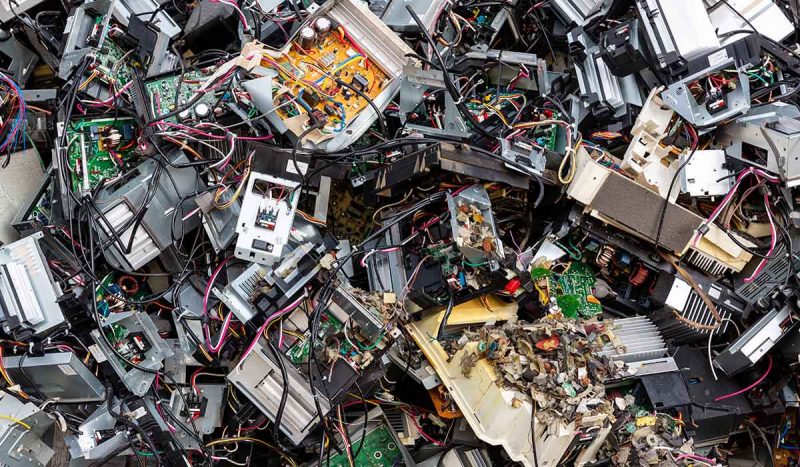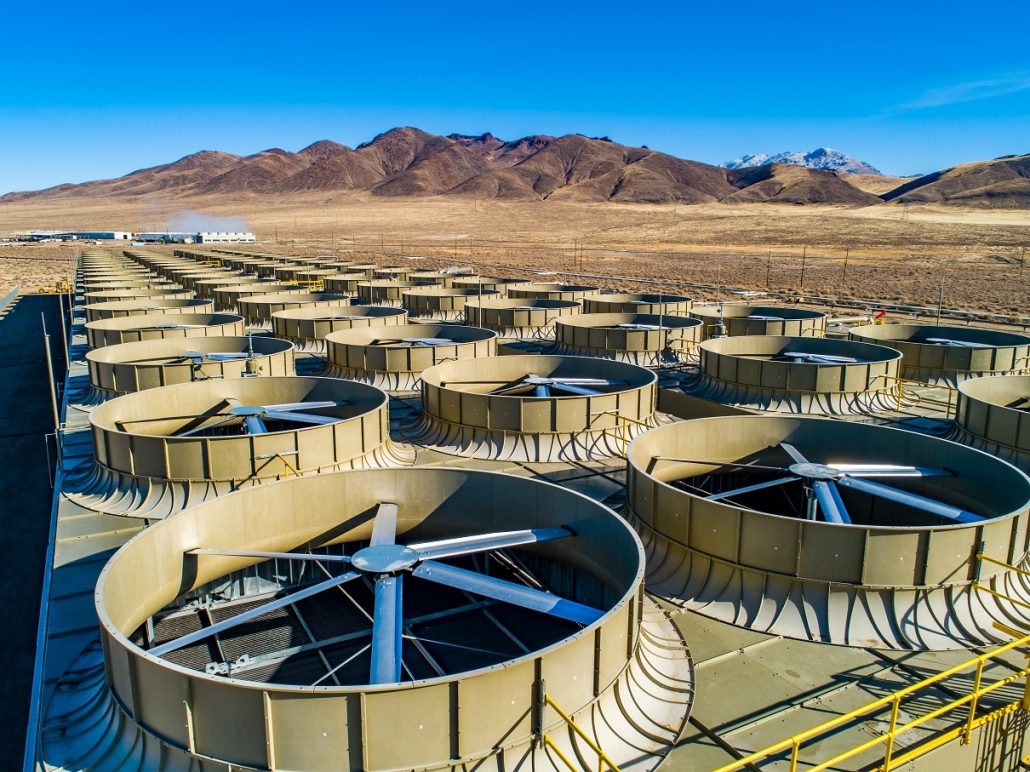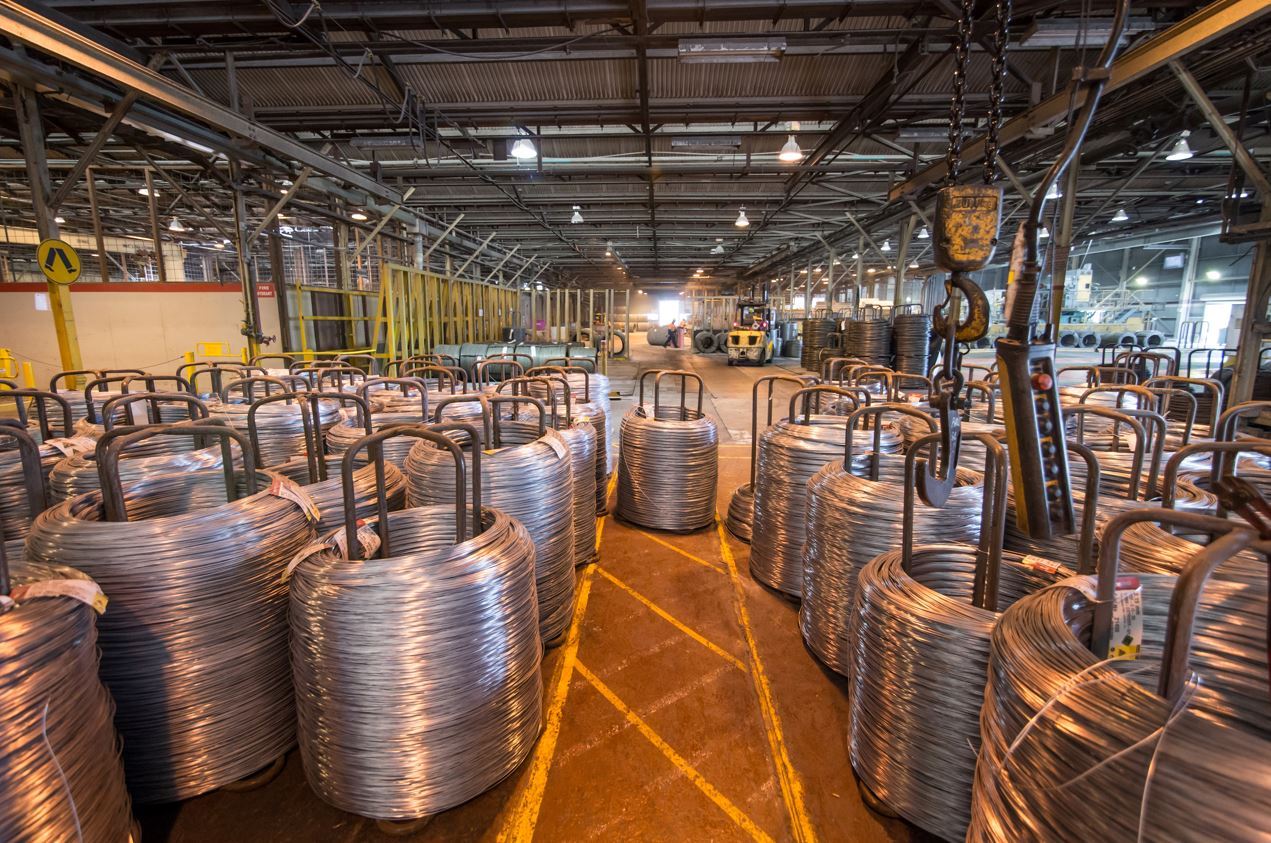
The EV Boom Is Fueling a Surge in E-Scrap Volumes
The rise of electric vehicles (EVs) is dramatically reshaping global recycling needs. At the 2025 BIR World Recycling Convention in Valencia, experts emphasized how soaring EV production drives up electronic scrap volumes.
Álvaro Rodríguez of The Climate Reality Project explained that EVs are now central to climate strategies, replacing fuel-burning vehicles. However, every EV adds to the future recycling burden with lithium-ion batteries that must be safely reused or dismantled. As a result, recyclers must ramp up capacity to process batteries and extract critical minerals like cobalt, nickel, and lithium.
Meanwhile, Germán Agulló of Spain-based GDV Mobility stressed the complexity of EV battery recycling. He outlined a three-step process: disassembly, material separation, and black mass purification. His firm plans to operate black mass processing plants in Spain starting November 2025.
E-Waste Regulation Tightens with Basel Y49 Classification
In addition to technical hurdles, recyclers face new legal complexities. Federica Guerra of Sider Rottami Adriatica detailed changes to international rules governing electronic waste shipments.
As of January 2025, all cross-border transport of e-waste labeled under the new Y49 code requires prior written consent from both importing and transit countries. The U.S. EPA and other regulators cite these controls as vital, but Guerra warned they impose high costs and administrative burdens.
She noted small- and mid-sized recyclers often struggle with misclassification risks, paperwork, and regulatory inconsistencies among nations. In contrast, large recyclers can absorb the financial and staffing demands more easily, potentially distorting the competitive landscape.
SuperMetalPrice Commentary:
The global shift toward electric mobility introduces both opportunity and pressure for the recycling industry. E-scrap volumes are growing faster than infrastructure or regulation can currently manage. The BIR 2025 Convention rightly highlights the need for global collaboration—not just among recyclers and battery producers but also with policymakers. As EV adoption scales up, strategic investments in black mass recovery, regulatory harmonization, and small business support will be crucial for building a truly circular supply chain.











Leave a Reply
You must be logged in to post a comment.